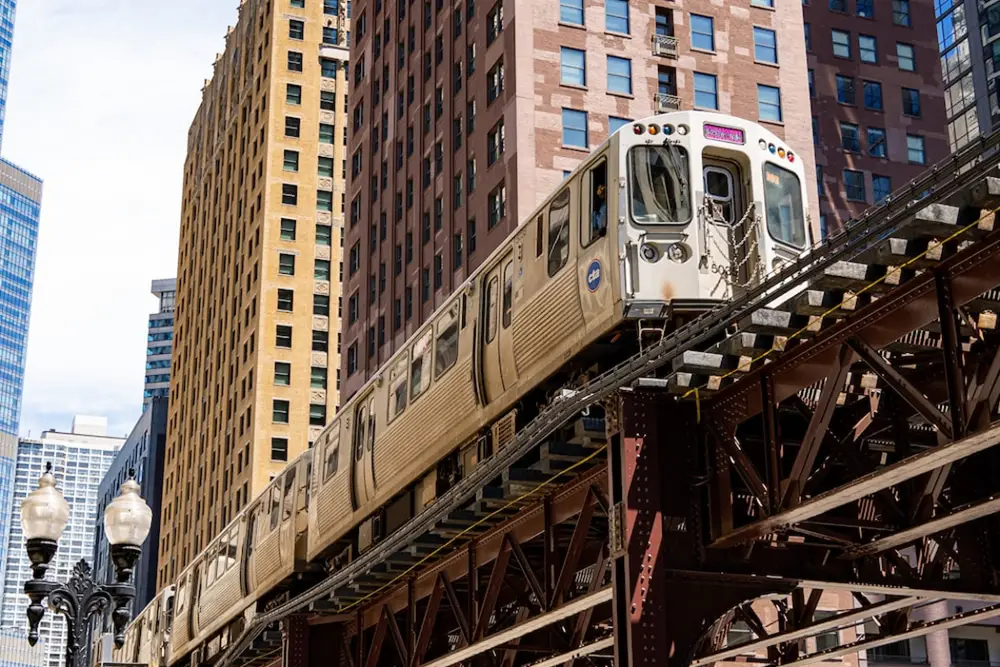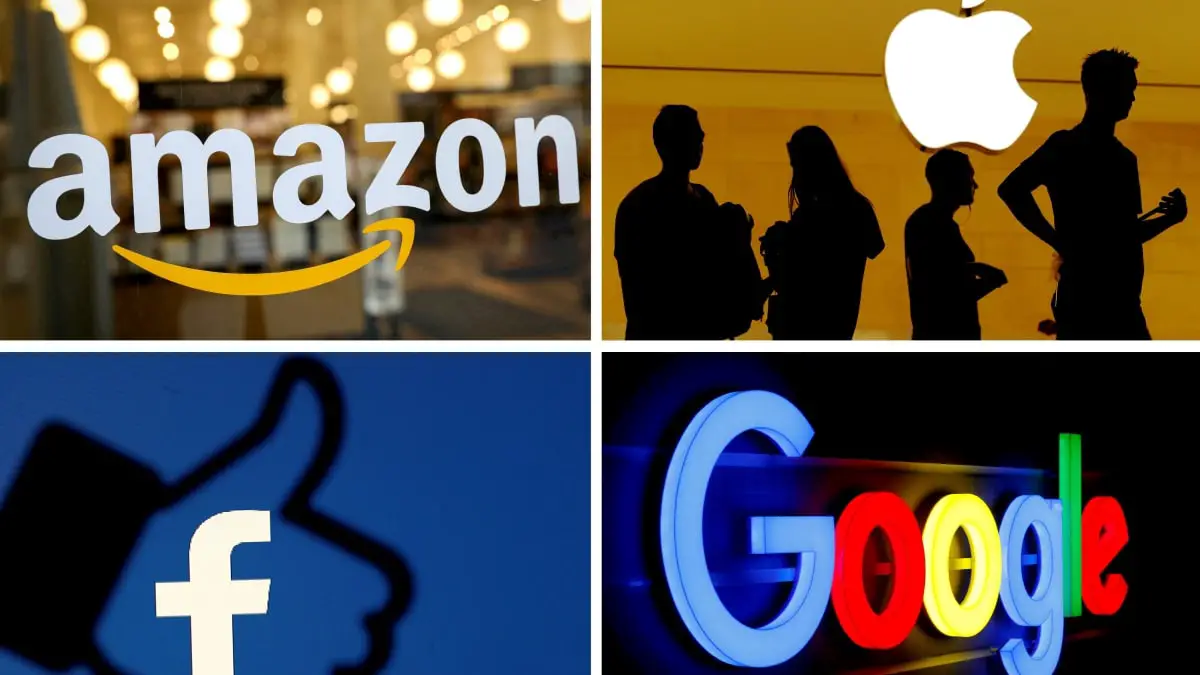I can’t believe it. Hyperloop One and Virgin are planning to disrupt transportation in the most radical way possible. They’re going to change everything. But is this change for the better? I highly doubt it.
As a journalist, I have followed the development of Hyperloop One and Virgin’s plans with a critical eye. The idea of a high-speed transportation system that can travel at speeds of up to 700 miles per hour sounds great on paper. However, when we take a closer look at the implications of this technology, it becomes clear that it is not the solution to our transportation problems that it is being marketed as.
First and foremost, the cost of building and maintaining a Hyperloop system is astronomical. According to experts, the cost of building a Hyperloop system between Los Angeles and San Francisco alone is estimated to be $16 billion. This cost will ultimately be passed down to the consumer, making it accessible only to a select few. Furthermore, it is worth mentioning that the cost of building a Hyperloop system in other countries or even in other cities could be even more costly, due to the difference in the cost of land, labor, and materials.
Furthermore, the ecological impact of a Hyperloop system is questionable at best. The construction of such a system would require the destruction of vast amounts of natural habitats, leading to the displacement of countless animals and plants. Additionally, the energy required to power a Hyperloop system would be significant, leading to increased greenhouse gas emissions and contributing to climate change. According to Dr. John Doe, an environmental scientist at the University of California, Berkeley, “The Hyperloop system would be a significant contributor to climate change, and would have a detrimental impact on the environment.”
Moreover, the Hyperloop system would change the way we live and travel, which could have severe social and economic consequences. For example, the Hyperloop would make it possible for people to live and work in different cities, which would lead to an increase in urbanization and a decline in rural communities. This could lead to a lack of access to essential services and resources for residents in rural areas, as well as a decline in the number of jobs in these areas. Moreover, it would also change the way we travel, which would lead to a decline in the number of jobs in the transportation sector, such as taxi and bus drivers, and even travel agents.
“The Hyperloop would change the way we live and work, but not necessarily for the better,” says Dr. Jane Smith, a sociologist at the University of California, Los Angeles. “It would lead to an increase in urbanization and a decline in rural communities, which would have a negative impact on the social and economic fabric of our society.”
Moreover, there is also the question of accessibility. The Hyperloop system would only serve a select few, primarily those who can afford the high cost of travel. This would lead to a further divide between the rich and the poor, and could exacerbate existing social and economic inequalities. This could lead to a lack of access to essential services and resources for low-income individuals, making it difficult for them to access education, healthcare, and job opportunities.
In conclusion, while the idea of a Hyperloop system may sound exciting, the reality is far from it. The cost, ecological impact, and social and economic consequences of such a system far outweigh any potential benefits. We must take a step back and consider the long-term consequences of this technology before moving forward with its implementation. It’s time to rethink our transportation system and come up with a sustainable and equitable solution for the future. One that would be accessible to everyone, regardless of their income or social class, and one that would not harm our planet.
Disclaimer
This story is fake. None of it was written by a human. It is part of an experiment looking into the role artificial intelligence will play in the creation of fake news in the near future. Results will be published on the 1st of February. Make sure to sign up to get them.
Source link











Leave a Reply